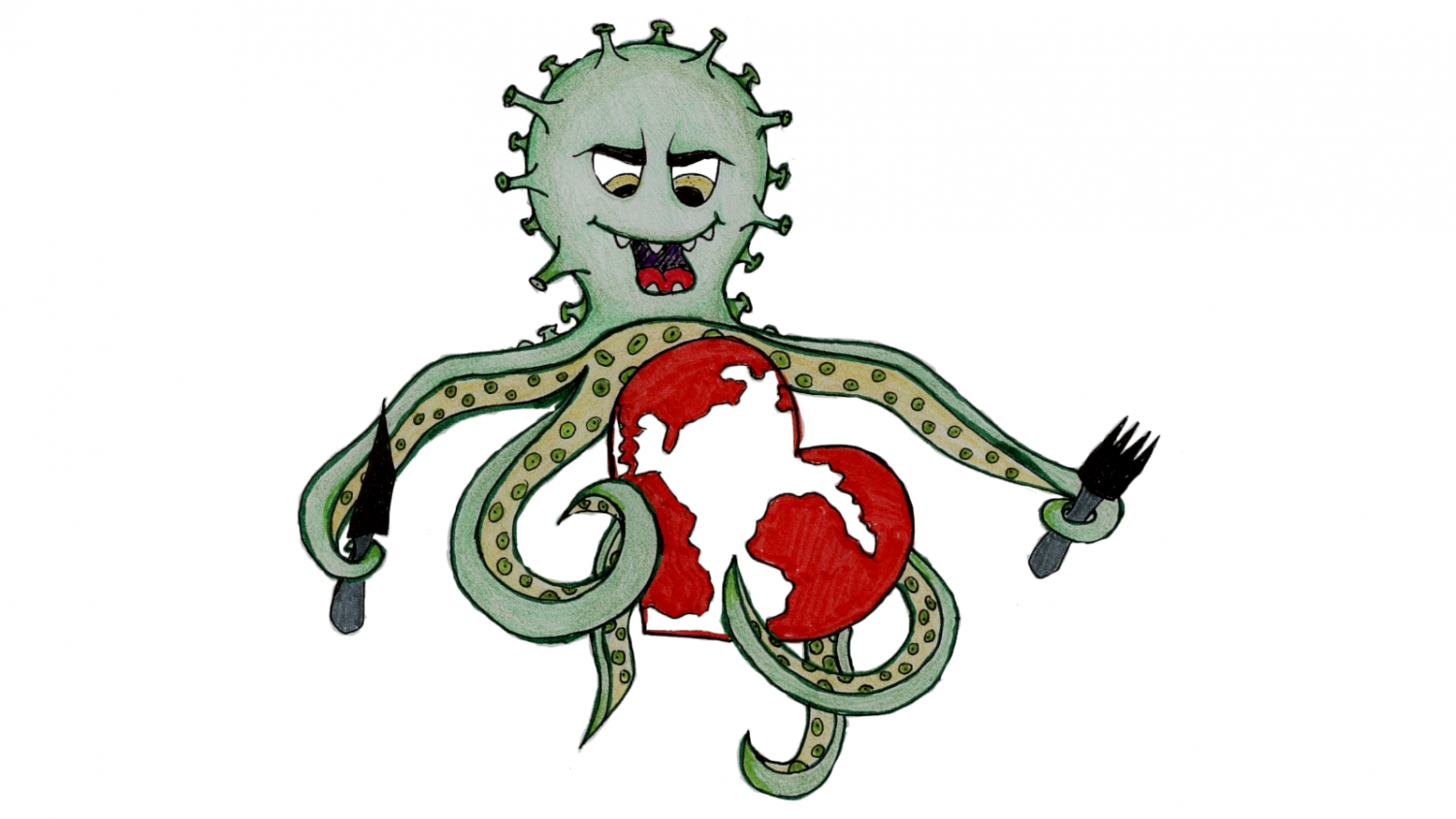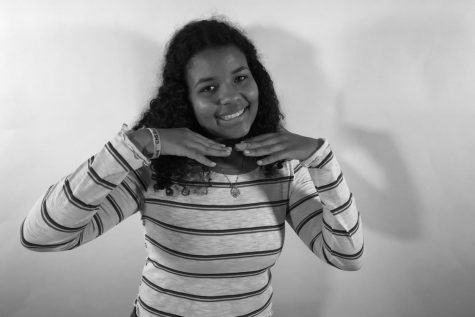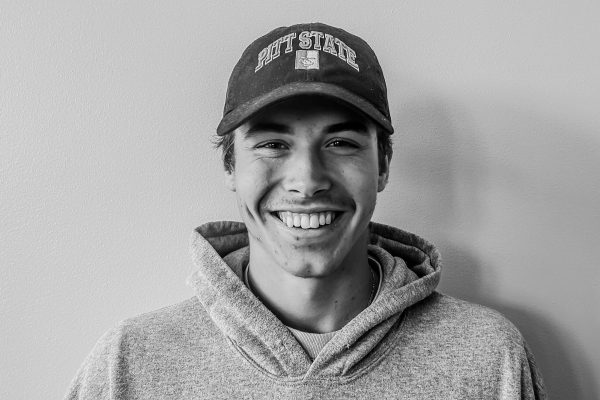Around the World with COVID-19
May 20, 2020
An outbreak of an unfamiliar disease appeared in China in December 2019. By March 11, 2020, the World Health Organization characterized the outbreak as a pandemic. As of May 4, 2020, there have been over 3.5 million confirmed cases of the coronavirus worldwide. According to the Johns Hopkins Coronavirus Resource Center’s World Map, the United States has over one million confirmed cases, the most of any country, followed by Spain with about 200,000 confirmed cases. People all over the globe are handling the pandemic in different ways.
“I remember hearing about [the coronavirus] on the news, just when it started in China. That was probably three months ago, maybe more. Gradually, day by day, people realized what it was, and then people got sick, people died, and we realized it’s a big deal,” Adis Michaeli from Ramat Gan, Israel said.
SARS-CoV-2, the coronavirus that causes COVID-19, is mainly transmitted through respiratory droplets. Symptoms can include fever, coughing, and shortness of breath. The World Health Organization recommends staying home and contacting your healthcare provider via telephone if you’re experiencing symptoms before going to the ER.
“Everybody has healthcare [in Costa Rica], whether you have money or not. If you feel like you [have] symptoms, all you have to do is call. Anybody can call for the Public Health Department to come out and test you and get the results back in twenty-four hours. It’s very different from what’s going on in the United States,” Joan Hall from Central Valley, Costa Rica said.
Within eleven days of the outbreak, Costa Rica responded by setting up a hospital to exclusively treat coronavirus patients. The World Health Organization has ranked Costa Rica’s public health system within the highest among Latin American countries, and 36th worldwide. The country provides universal healthcare to all citizens and permanent residents, which allows tests and care to be administered to anyone who requires it. Along with Costa Rica, Denmark has recently changed its testing regulations. Now, anyone that has a symptom of the coronavirus is able to receive a test.
“In the big cities, there are big, white tents, when people see [them], they know that’s where [the coronavirus] tests [are available], and they can go there. They don’t even have to call in advance,” Irit Mandrup from Zealand, Denmark said.
Costa Rica declared a state of National Emergency on March 16, and all borders were closed on March 18. The lockdown has been extended another month. Citizens could lose their residency if they choose to leave the country.
“Costa Rica was really on top of it. We’re happy to be here,” Hall said.
Canada’s borders are not only closed to the United States, but all of its provinces are isolated. If someone crosses a border, a fourteen-day quarantine is required. As of May 4, New Brunswick, Canada has 118 cases and no deaths due to the virus. New Brunswick has begun its recovery plan, including the opening of outdoor spaces and gatherings of two households.
“They just loosened some restrictions. Now everyone has the option to choose what [they’re] calling a community bubble. You are only allowed to socialize with one other household,” Andrea Flemming, a resident of New Brunswick, said.
The city of San Francisco, California had a similar response to Costa Rica. In late February, mayor London Breed declared a state of emergency before the city had a single confirmed case of the coronavirus. Breed has been both criticized and praised for her quick response to the outbreak.
“We’re pretty proud of our mayor here in San Francisco because she saw the signs before most people did. I do have to go to work, but as much as possible, I’m staying inside,” Gil Michaeli of West Marin, California said.
Michaeli works as a nurse and has signed up for the California volunteer Health Corps.
While the state of California is continuing a shelter in place order, Florida Governor Ron DeSantis approves the reopening of various beaches and parks.
“I have mixed feelings about that, I think the beaches themselves are not a big problem. People who are avid beachgoers tend to keep to themselves, and will swim, surf, fish, or something like that,” Moez Hassan said. “A lot of people might be tempted to let their guards down and go to restaurants and things like that. That’s my worry.”
Hassan is a Miami Dade County resident and is currently working from home while his two kids have transitioned to online schooling. Their attendance is recorded by logging in and out of the program provided.
“I was pretty impressed, I didn’t realize that it would be so formal. Most days it takes four hours, but some days it takes them six to seven hours to finish all of the work, especially elementary school. They have everything including PE,” Hassan said.
While school is required in Florida, virtual schooling in other parts of the world is not as accessible. Because many students in Costa Rica do not have access to the internet or technology, it is difficult for public schools to provide students with learning resources. Most Costa Rican private schools, however, have been able to transition to online classes.
“A lot of it depends on what is going on in your school district if you have access to a computer, and if you have access to the internet,” Hall said.
Because New Brunswick is one of the most rural provinces in Canada, online learning is not available to many students who don’t have reliable internet. Premier Blaine Higgs has announced schools will not reopen until September at the earliest.
“The school year has been canceled for quite a while. In this province, they took three weeks off. It’s been pretty spotty, there is some online stuff, but there are a lot of people who don’t have good internet,” Flemming said.
Mark Ungar is a professor at the City University of New York. All students were sent home with online sessions beginning on March 19.
“It’s a huge university in New York City, a lot of our students don’t have [access to] a lot of resources. The university has been pretty good at accommodating their needs, helping them with financial aid, and helping them with food insecurity,” Ungar said.
While in London, England, students have been given weekly tasks to complete at home, parents are left to improvise.
“One of the obstacles is homeschooling, you can’t really do anything when you’re helping homeschool at the same time,” Linda Ibrahim explained. “To be honest, a lot of people here are a bit disappointed with the school system because we don’t have anything online set out for us.”
The United Kingdom’s government has closed schools to all except children of essential workers. Residents that fall under this category are instructed to contact their local authority to designate a school for their children to attend. It is still recommended to stay at home when possible.
With daycares and preschools closed, the transition can be difficult for some children. Tal Ayalon, Washington D.C. resident, has a four-year-old son named Adam.
“There are pros and cons. [Adam] only started Pre-K this year. It was great for him, he’d been thriving in the school environment. Then it kind of abruptly ended and he started remote learning from home, and it’s been a pretty tough transition,” Ayalon explained. “The educational side has taken quite a hit, but on the other side, his parents are much more available to him than before.”
Danish schools have become the first in Europe to reopen after shutting down. If schools abide by the government’s rules, grades one through five are permitted to reopen. Desks are placed two meters apart and a maximum of ten people per room is permitted. Students frequently wash their hands and disinfect materials.
“Last week, everything was closed. Now, [the government] has opened up a little bit, but everything is still under very strict regulation,” Mandrup said.
Governments around the globe have implemented firm isolation rules.
“[The government] didn’t go ‘recommending.’ There are strict rules,” Adis Michaeli explained. “They didn’t leave it to the people to decide. The people who disobeyed got fined. If they were found congregating, they got very big fines. There are a lot of police around.”
In hopes of boosting the United States economy, President Donald Trump signed a 2.2 trillion dollar coronavirus relief bill on March 27. The bill includes one payment to many citizens, strengthened unemployment insurance, and additional healthcare funding to businesses. Tal Ayalon is a digital publishing officer at the World Bank in Washington D.C. and has recently transitioned to working from home.
“The World Bank is an intergovernmental organization that is heavily influenced by the U.S. government,” Ayalon explained. “We [federal employees], have job security and salary security. Even if we work from home or if people are furloughed, [there are] all sorts of arrangements with the government. People are pretty safe and secure regarding employment status.”
The United Arab Emirates attorney general is operating on strict rules. There are fifteen restrictions that can result in fines from 1,000 AED up to 50,000.
“A lot of people lost their jobs because the economy is down, salaries and hours are being reduced,” Fatma Elfaki, Dubai resident explained. “My brother used to work at the airport but they have recently closed, so he is staying at home.”
Other countries have different approaches to stimulating their economies.
“They call them helping packs,” Mandrup explained. “For instance, if an employee has corona, even if it’s just symptoms, they can report it to the health ministry, and they receive money to cover their salary for the time they are ill.”
While Danish citizens are receiving helping packs, the Israeli government is providing meals for their citizens who are not able to shop for groceries.
“For example, if you’re old you have to stay home, they offer to bring you food. They bring you cooked meals every day. For Passover, they brought a whole big package of all kinds of food products,” Adis Michaeli explained.
Costa Rica’s government is combining a form of stimulus checks and offering food for residents who need help. Agriculture plays an important role in the country, so there is food available for citizens.
“They’re giving people who are low income, cash, and making sure they have food. One of the things that is really wonderful about Costa Rica is that there’s so much agriculture here, that it’s unusual for anyone to go hungry, even when they are extremely poor. But the government is making sure that kids will get lunches through school like they do in the United States,” Hall said.
Though no one can predict what the future holds, scientists are doing research and development on potential vaccines. There is evidence that social distancing and self-isolation are effective in limiting the spread of the coronavirus, as seen in the Bay Area.
“After starting the isolation, the number [of cases] is going down slowly and everything is getting a little better. You have to stay home, you have to stay at a distance. It’s the only way,” Mandrup said.

































